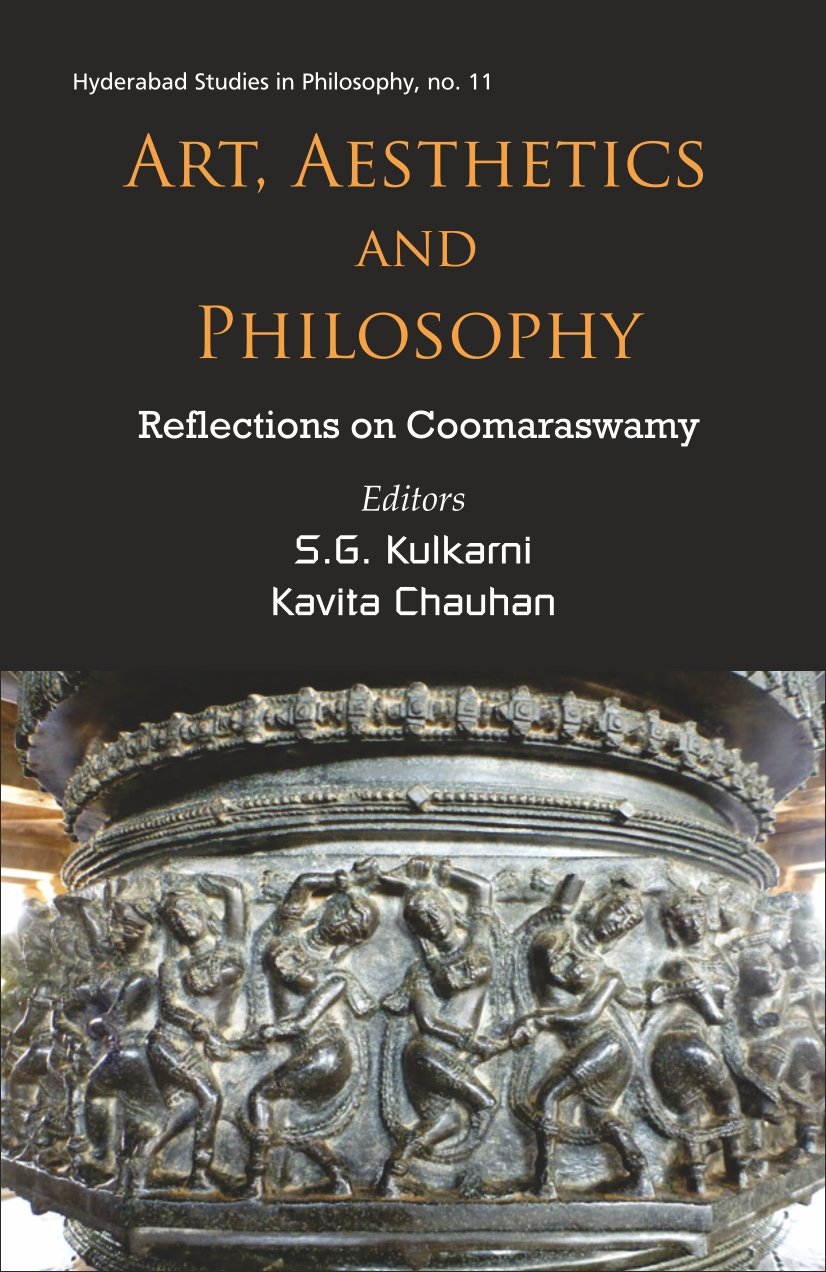Art, Aesthetics and Philosophy: Reflections on Coomaraswamy
Art, Aesthetics and Philosophy: Reflections on Coomaraswamy is backordered and will ship as soon as it is back in stock.
Couldn't load pickup availability
Genuine Products Guarantee
Genuine Products Guarantee
We guarantee 100% genuine products, and if proven otherwise, we will compensate you with 10 times the product's cost.
Delivery and Shipping
Delivery and Shipping
Products are generally ready for dispatch within 1 day and typically reach you in 3 to 5 days.
Book Details:
- Author: Kulkarni, S. G.
- Brand: D.K. Printworld Pvt. Ltd.
- Edition: 2015
- Binding: Hardcover
- Number of Pages: 198
-
Release Date: 01-Sep-2015
Details: The savants of the twentieth century have excavated the past to discerningly reveal the present. Swami Vivekananda, Rabindranath Tagore, Sri Aurobindo, Mahatma Gandhi and Ananda Coomaraswamy, among others, interpreted Indian aesthetics, civilization, culture and philosophy unearthing the Indian wisdom against the wrong interpretations and teachings of the Western colonial scholars. This volume, a collection of papers presented at a national seminar on the Philosophy of Ananda Coomaraswamy held in February 2011 at the University of Hyderabad, approaches Coomaraswamy’s philosophy on Indian aesthetics, life and religion from different perspectives. The volume brings forth different facets of Coomaraswamy: as a catalyst in spiritualizing Indian arts; his views on modernism and anti-modernism; his efforts in aestheticizing India; his polemics of decolonization through art criticism; his aesthetical philosophy; his perception and understanding on art, culture and Indianness; his metaphysics; and his philosophical approach to visuals and materials from the lens of an art historian. It sketches Coomaraswamy’s multifaceted persona, enunciating that the crux of modern Indian philosophy is one of vision, rather than building theories. In a nutshell this book presents the varied reflections on Coomaraswamy’s personality as a philosopher, art historian, art curator and his strong positioning against the colonial teachings of Western art historians and philosophers on India’s art, civilization and culture, projecting an image of Indianness in every sphere.





